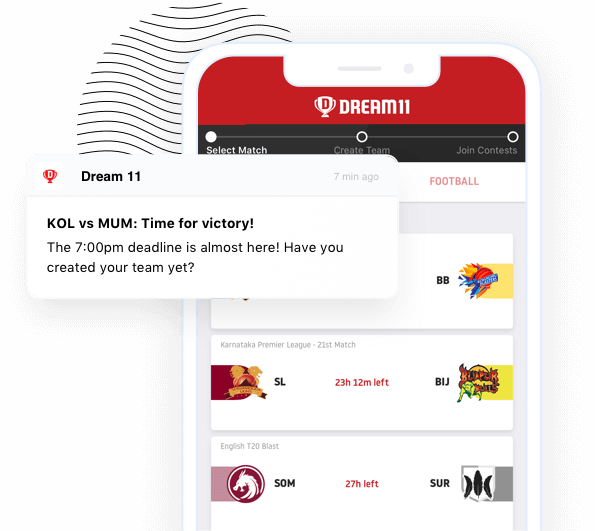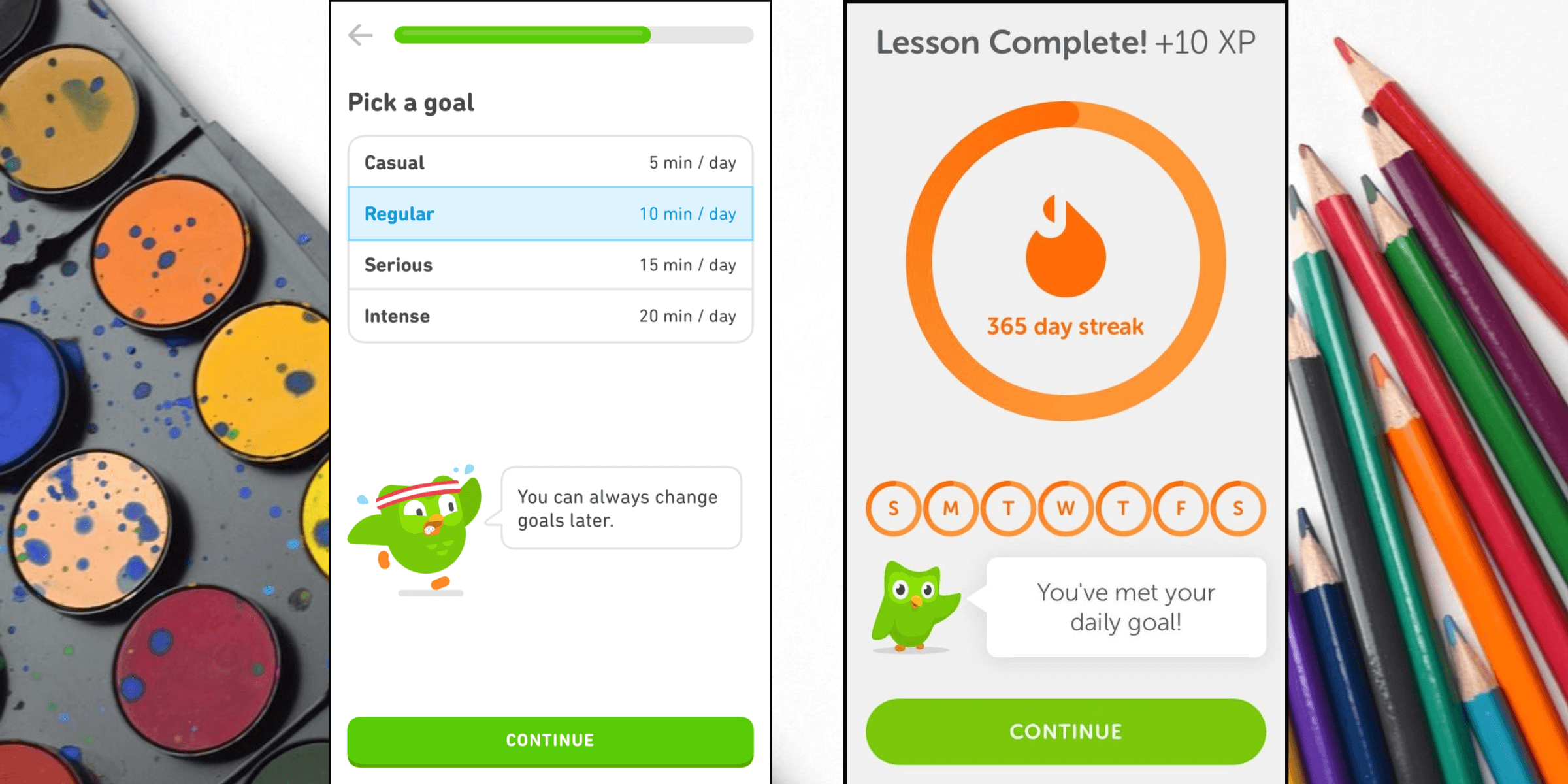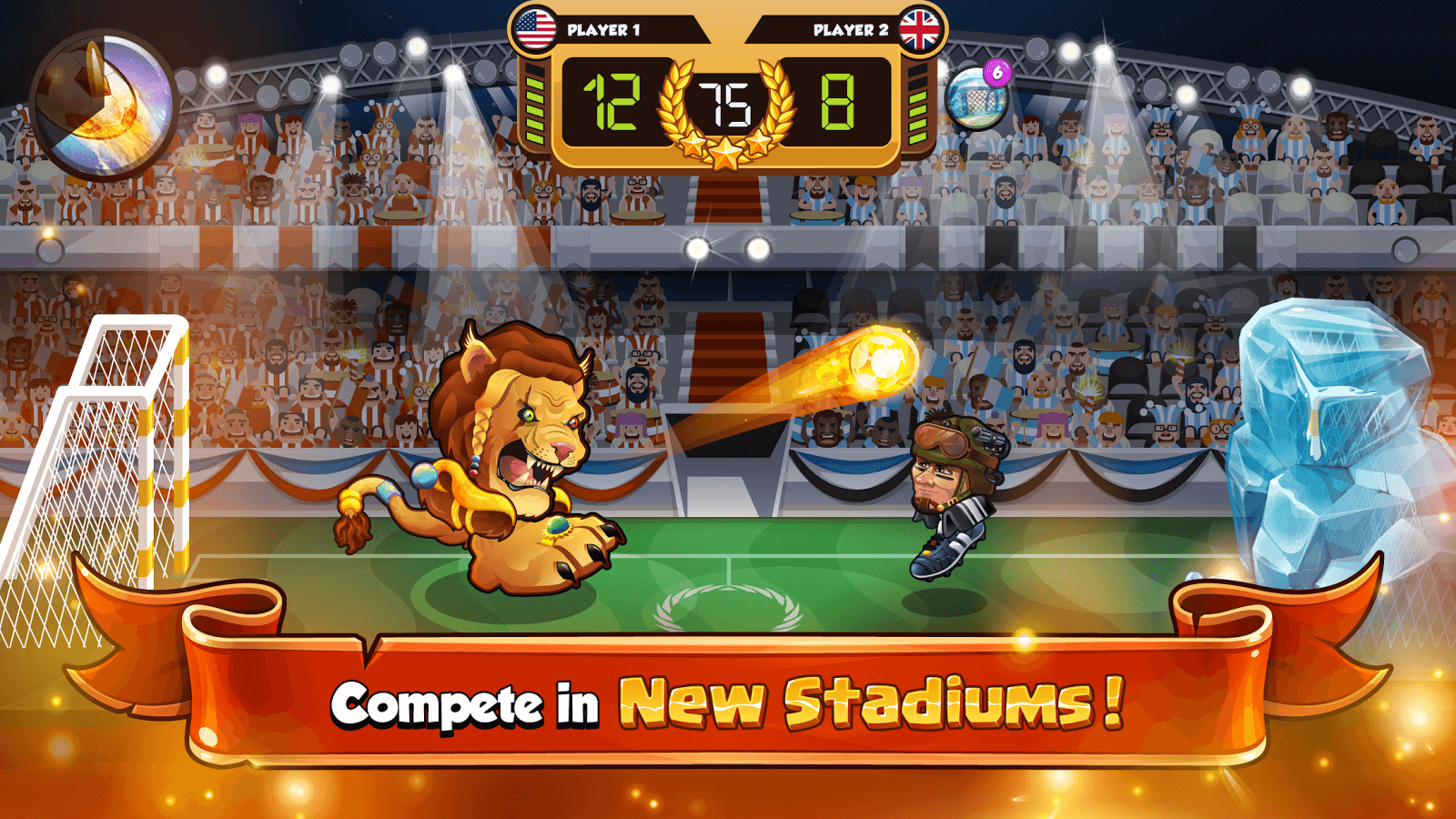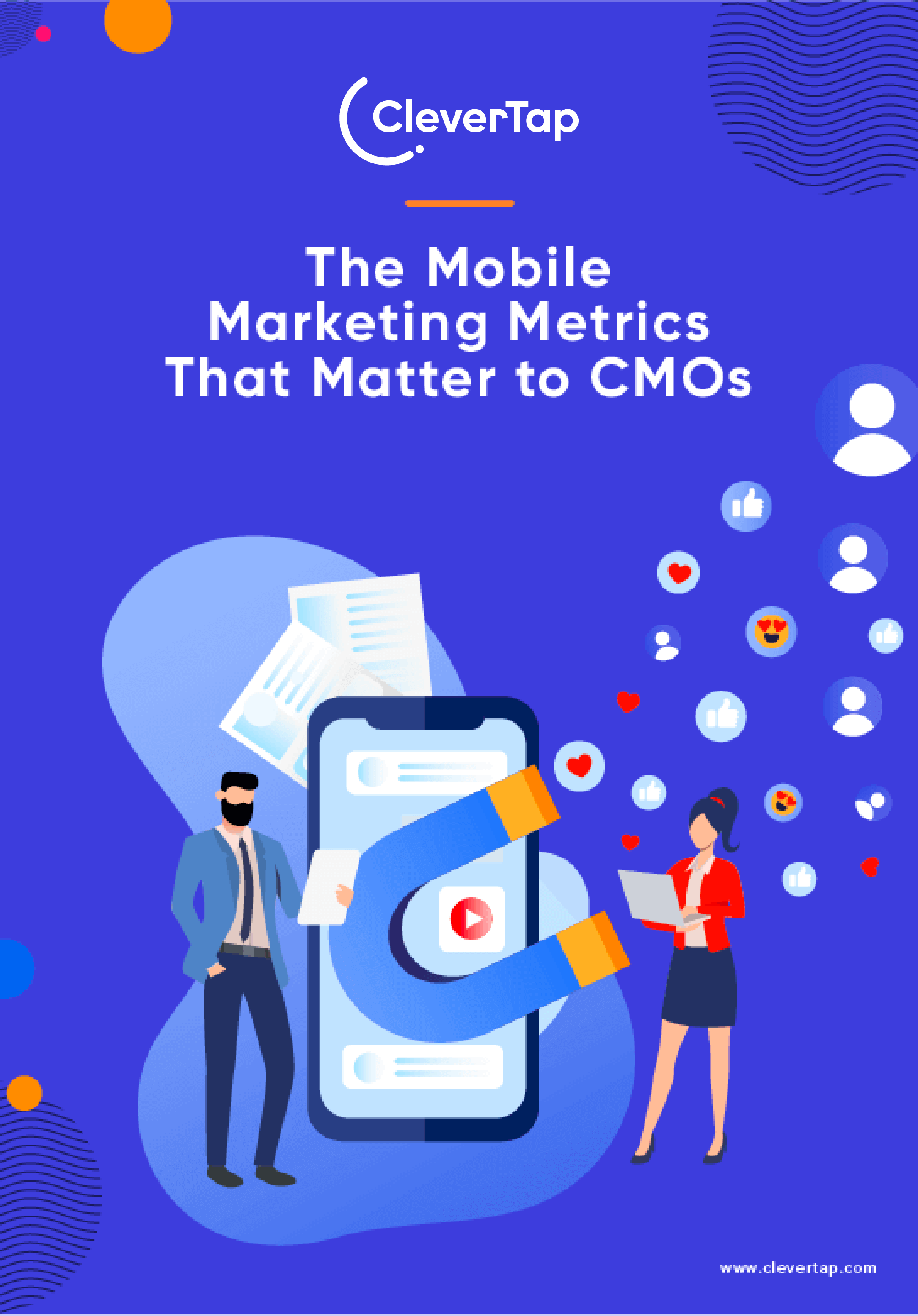Grand Theft Auto has been around for 26 years and remains one of the most popular games across all platforms—including mobile. In a market where the average game is barely able to retain 2.4% of users by day 30*, gaming apps like GTA can offer great examples of user retention strategies that work.
Games that successfully retain players long-term have strategies in common and lots to teach to other industries. Let’s find out what these are.
Balance Short-Term Monetization With Long-Term Retention
As a general rule with gaming apps, more users equal more monetization opportunities. New app developers can decide which of these monetization strategies will work best to start generating revenue:
- Freemium model
- Premium model
- In-app purchases
- In-app advertising
- Subscription-based model
That said, you should also strike a balance between short-term monetization and long-term user retention. Never force users to watch too many “unskippable” ads, or you might lose them altogether. To counter this, offer rewarded video ads (as Candy Crush does), where players receive a coupon or similar reward by watching an ad.
Personalize Based on In-App Behavior
Retention isn’t just about getting players to launch the game. That’s why you need to look beyond the usual retention metrics of how much time users spend on an app. Analyze their behavior and preferences. What time do they prefer to log in? How do they behave when navigating the app? Do they get stuck at a particular interface? These additional metrics can help you develop a personalized user retention strategy.
A case in point: our client Dream 11 was able to re-engage 70% of inactive users by performing A/B tests on their notifications. They found the highest engagement rates happened in the afternoons, just a few hours before a match.
Furthermore, you can even customize offers based on players’ in-app progress. When they see a promotion that’s unique to their journey, they’re more likely to spend.

Set Up Users for Success
Another small yet essential step that games do to improve retention is to optimize the onboarding experience. Make users feel welcome during onboarding. Educate them about the features and point them toward helpful tutorials. For a seamless onboarding process:
- Don’t overload on information—focus on one feature per slide
- Avoid jargon and don’t sound too robotic
- Add high-quality images and use contrasting colors
- Gamify your tutorial
In addition, try to make users feel they’re a part of your brand community. A great example is Supercell’s Hay Day, where players can build their own community. They often sell rare tools in their stalls, which are exclusive to their members and can help them level up. This is powerful for encouraging retention. When people find like-minded users, they’ll keep coming back.
Consider setting up a leaderboard to encourage competition — and don’t forget to post regularly on social media where users can comment.
Actively Manage User Progression
One thing about games: players like to be challenged… but not too much! If a game’s overly difficult, users might abandon ship quickly. On the flip side, the same holds true if the game’s too easy. Finding the right balance is how you keep players interested.
So how can apps in other industries implement user progression? Have a look at these tips:
- Keep your user experience (UX) simple. A good UX can deepen understanding of your app as well as nudge users to complete forms and tasks.
- Make your users feel “smart.” For instance, they should find it easy to use and recognize its potential. Don’t confuse them with big words and jargon.
- Ensure users see their own progress. Set small challenges and easy-to-attain goals. For example, DuoLingo lets users set their own goals and rewards them for every assignment they complete.
- Make them feel special. Reddit does this really well. Users earn trophies and quirky tags as they engage with others in the app. These eventually unlock new avatars.

Ask What Your Users Want and Why
One thing that games do well is including players in the growth strategy by asking for feedback. A great example in the gaming industry is World of Warcraft, where developers release updates and patches based on player feedback.
No matter what industry you’re in, feedback is a great way to understand where and why drop-offs happen. Check in with your users to identify the features and improvements they’d like to see.
As important as these interactions may be, every new feature needs to add value to the overall UX. Run an A/B test to validate the changes. Remember, not everyone will have the same preference, which means balancing the features to keep all user engaged.
Take Variable Rewards to the Next Level
In the world of gaming, you need to reward users for their participation—regardless of whether they’re one day, one week, or one month into their journey. Acknowledge their effort and give them rewards to boost motivation. This will help them visualize their achievements and stay invested.
Takeaways for non-gaming apps include incentivizing users to continue their behavior. As such, give them intrinsic and extrinsic rewards. Intrinsic rewards mean they feel satisfaction and enjoyment while using your app. Extrinsic rewards can be in-app prizes, discount coupons, and recognition on a leaderboard. This taps into the psychology behind motivation. It will not only make your app more fun and interactive but also encourage users to participate more.
Flex Strategy Across the User Life Cycle
Keep your retention strategy flexible. In other words, games adapt throughout the player life cycle and maturity. As an example, Archer unveils complex features based on player milestones. Another game, Head Ball 2, encourages players to first build skills before introducing more complicated elements. They don’t even show in-app purchases to new users.

Here’s how any app can implement this strategy:
- Create separate email marketing campaigns based on where users are in their journey. For example, send an “apps features” email to new users and early bird discounts to most frequent buyers.
- Identify your “can’t lose” and “at risk” customers. These are high-value clients who may have stopped engaging with your app. Create a separate paid campaign for this group.
- Give free delivery/shipping coupons to high-potential users.
- Don’t send generic one-for-all push notification blasts.
Test Continuously
Analyzing in-game metrics helps gaming apps understand their users better. Players generate a ton of data with every action they take—letting gaming studios identify what motivates or frustrates them.
These sorts of analytics apply to all apps. Gather data via the following routes:
- Heatmaps to visualize the most-interacted elements of your app
- Cohort analysis to understand in-app behavior
- A/B testing for insights into user responses to new features
- Funnel analysis to identify the leaky buckets
- Feedback analysis to gauge user sentiment
Use the Power of Data Science for a Better User Experience
Users crave, and are willing to pay more for, personalized experiences—no matter the industry. As such, apps must constantly test, measure, and optimize their interface to keep users engaged. This is where instant analytics can be a game-changer for your business. After all, any company that harnesses data to deliver personalized experiences will always have an edge over its competitors.

The Mobile Marketing Metrics that Matter to CMOs
Shivkumar M 
Head Product Launches, Adoption, & Evangelism.Expert in cross channel marketing strategies & platforms.
Free Customer Engagement Guides
Join our newsletter for actionable tips and proven strategies to grow your business and engage your customers.















































